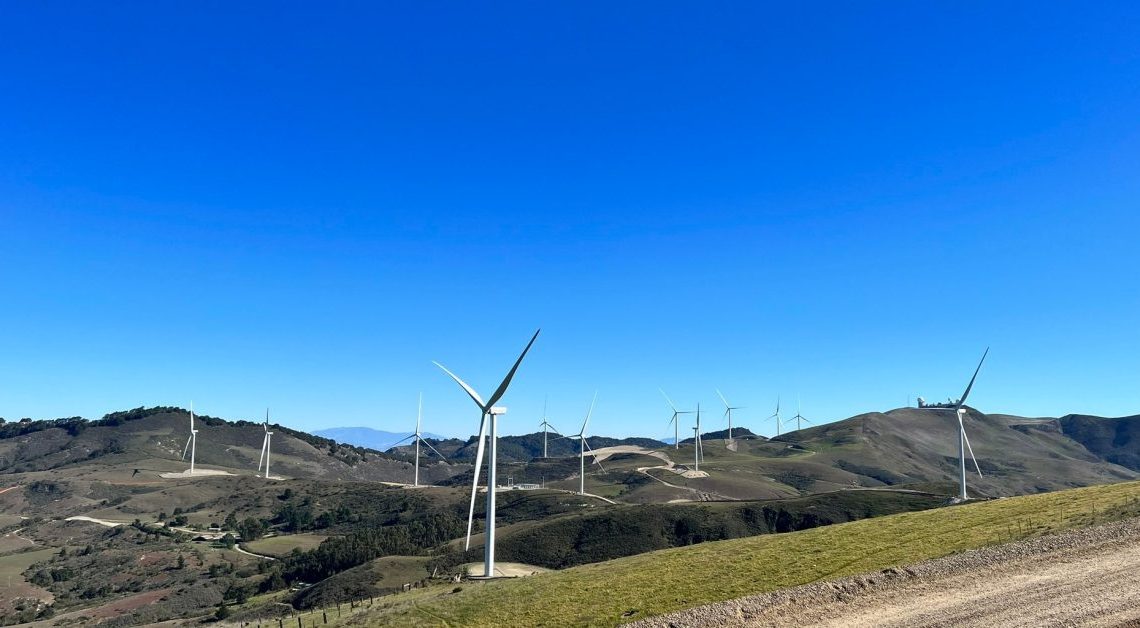
In a major milestone, July 28 marked the 100th day of a 144-day stretch in which California supplied 100% of its electricity demand with renewables.
The 100 days of continuity means not that renewables are powering the grid for the entire day, but that it’s happening consistently on a daily basis – and that’s unprecedented.
Since March, historic output from solar, wind, hydro, and battery storage has fulfilled all of California’s electricity demand nearly every day, for time periods ranging from five minutes to several hours.
Mark Z. Jacobson, Stanford University professor of civil and environmental engineering and director of Stanford’s Atmosphere/Energy program, has been tracking California’s renewables performance, and he shares his findings on Twitter (X) when the state breaks records. Yesterday, he posted:
Jacobson explained to Electrek in an email how California achieved its renewables milestone:
California’s milestone of 100 days powered, for an average of several hours each day, by over 100% wind-water-solar (WWS) (onshore wind, utility-scale solar, geothermal, and small and large hydroelectricity) from March through July 2024 is unprecedented.
It’s driven by a 30% growth in utility-scale solar and an 8% growth in utility-scale wind power output in just one year.
It’s also driven by the growth in rooftop solar PV, which helped to decrease demand on California’s grid because rooftop PV is used first to supply electricity in buildings, avoiding the need for grid electricity. In addition, battery storage capacity more than doubled during the year (to nearly 8 GW/32 GWh), allowing much of the excess wind and solar on 100%+ days to be stored and used at night. All of these factors reduced the use of fossil gas on the grid by close to 40% during the period.
These statistics indicate that the day when California will be powered both day and night with 100% WWS is near. What’s needed is more rooftop and utility PV, more batteries, offshore wind, to move more hydroelectricity generation to night, and to use more demand response.
Demand response is giving people incentives to shift the time of their electricity use to a time when grid demand is low (and WWS supply is high).
Johanna Neumann, senior director of the Campaign for 100% Renewable Energy at Environment America, said, “California proves that clean energy technologies can work on a massive scale.”
Environment California pointed out that recent heat waves in the state meant natural gas was needed every minute of the day for more than two weeks, so California will need a lot more solar and wind power to reach its 100% clean electricity by 2045 goal. The good news is, we know that it’s achievable.
Author: Michelle Lewis
Source: Electrek




Until we can start counting days where 100% of demand is met with renewables all day, we will have to do with 100% of demand met with renewables at least a few minutes each day.
It feels kind of like saying we had 100 days without accidents in the factory for a few minutes each day, but we still had tons of accidents each day. That is better than accidents every minute of the day, but no accidents would be better.